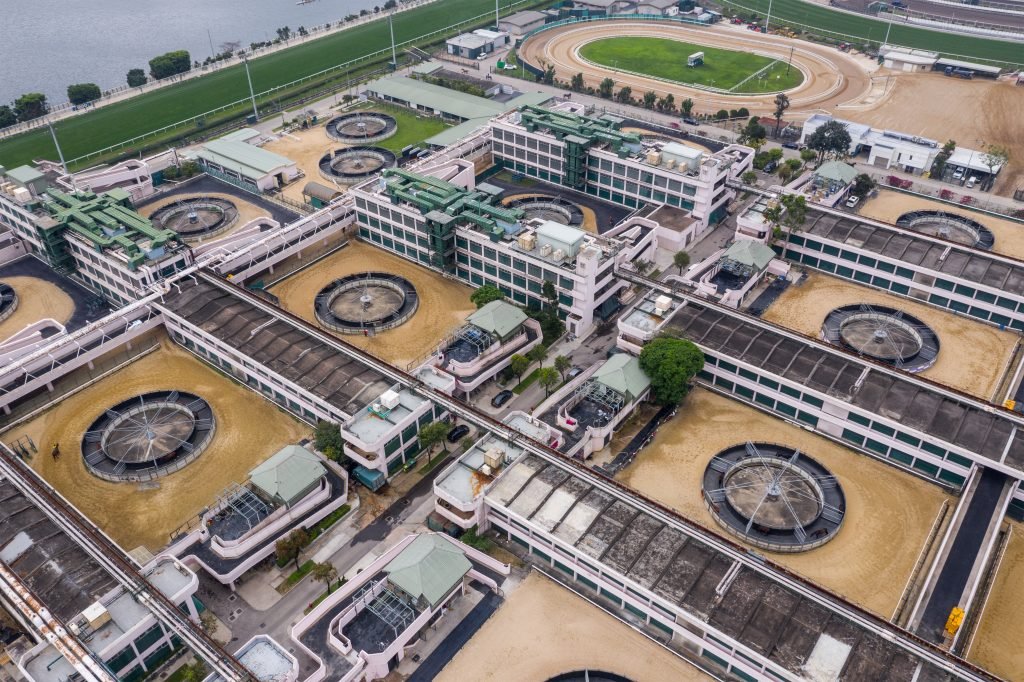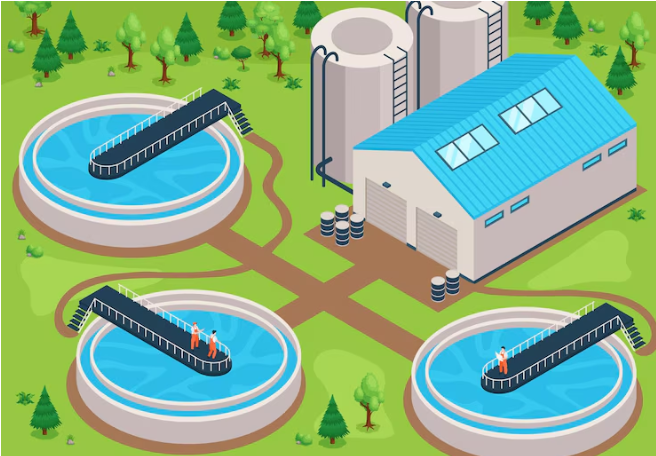Effluent Treatment and Industrial ETPs Explained
Discover the processes and importance of industrial effluent treatment plants in managing wastewater.

Effluent Treatment: Ensuring a Cleaner Environment
Treatment of wastewater It is necessary to manage the wastewater produced by different industrial activities. Industries can minimize their environmental impact by effectively treating effluent and complying with regulations.
In this blog, we will explore the concept of effluent treatment, the processes involved in effluent treatment plants, and the significance of industrial effluent treatment plants.
What is Effluent Treatment?
Treatment of wastewater Before wastewater is discharged into the environment or used again, contaminants must be removed.
This process is essential for industries that produce large volumes of wastewater containing harmful substances. Proper treatment ensures that the effluent meets environmental standards and reduces the risk of pollution.
The Function of Effluent Treatment Plants
Effluent treatment plants (ETPs) are essential systems that handle and clean industrial wastewater.
These facilities employ various treatment methods to purify the water, making it safe for release or reuse. The design and processes of each ETP are tailored to effectively treat the specific pollutants found in the wastewater from different industries.
The Effluent Treatment Plant Process
The wastewater treatment plant process consists of several stages, each targeting a different type of contamination. Here’s a breakdown of the typical stages involved in an ETP:
Preliminary Treatment: This initial stage involves the removal of large particles and debris through screening and sedimentation. It helps prevent damage to the equipment in subsequent phases.
Primary Treatment: In this stage, physical processes like sedimentation and flotation are used to remove suspended solids and reduce the load on the subsequent treatment stages.
Secondary Treatment: During this phase, biological methods are employed where microorganisms digest organic pollutants. Common techniques include activated sludge processes, trickling filters, and bio-towers.
Tertiary Treatment: To get rid of any pollutants, sophisticated chemical and physical procedures are used in the third stage. This can include filtration, disinfection, and chemical treatment to ensure the effluent meets discharge standards.
Sludge Treatment: The by-products of the treatment processes, known as sludge, are treated and disposed of safely. This may involve thickening, digestion, and dewatering to minimize the volume and environmental impact.
Why Effluent Treatment is Important in Wastewater Management
Effluent plant is a cornerstone of effective wastewater management for several reasons:
Environmental Protection: Untreated industrial effluent can harm aquatic ecosystems, soil quality, and air quality. ETPs ensure that harmful pollutants are removed before the water is released, protecting the environment.
Regulatory Compliance: Industries are required to comply with environmental regulations regarding wastewater discharge. ETPs help industries meet these standards, avoiding legal penalties and fostering good community relations.
Resource Conservation: Resource conservation: Reusing treated wastewater for various industrial uses reduces the need for fresh water. This helps ensure sustainable water management and is especially crucial in areas with limited water resources.
Public Health: Proper treatment of industrial effluent reduces the risk of contamination of water sources used for drinking, agriculture, and recreation, thereby protecting public health.
Conclusion
Effluent plant is a critical aspect of industrial operations, ensuring that wastewater is treated effectively before being released into the environment.
Effluent plants, with their multi-stage processes, are designed to tackle the diverse contaminants found in industrial effluent. By investing in robust effluent treatment systems, industries can protect the environment, comply with regulations, and promote sustainable practices.
Understanding the processes involved in effluent treatment and recognizing the importance of industrial effluent treatment plants is essential for fostering a cleaner and healthier environment for future generations.
FAQs on Effluent Treatment
What is an Effluent Treatment Plant (ETP) and how does it function?
An Effluent Plant (ETP) is a facility designed to treat industrial wastewater. It operates through a series of processes that remove contaminants, ensuring the water meets environmental standards before discharge or reuse.
Why is effluent Plant important for industries?
Effluent treatment is essential for industries to minimize their environmental impact, comply with regulations, and protect public health. It helps remove harmful pollutants from wastewater, making it safe for the environment.
What are the key stages involved in effluent treatment?
The key stages of effluent plant include:
Screening: Removal of large objects and debris.
Primary Treatment: Separation of solids through sedimentation.
Biological Processes: Natural processes or microbial action to degrade organic matter.
Tertiary Treatment: Advanced filtration and disinfection.
Sludge Treatment: Processing and disposal of sludge.
Which industries typically require effluent plants?
Industries such as textiles, chemicals, pharmaceuticals, food processing, and manufacturing require effluent treatment plants to manage their wastewater effectively and comply with environmental regulations.
How does effluent treatment benefit the environment and public health?
Effluent treatment helps protect the environment by reducing pollution in water bodies, soil, and air. It also safeguards public health by ensuring that water sources remain clean and safe for consumption.



